The Equipment You Need to Make a Good Shooting Range Great: Pt. 2

By Matt Brinkerhoff, Action Target Range Consultant When it comes to shooting ranges, bullet containment is the paramount concern. As we discussed in our last article, the appropriate bullet traps and safety baffles need to be in place in order to keep your customers and employees safe. That means bullet traps that reliably collect and […]
The Equipment You Need to Make a Good Shooting Range Great: Pt. 1

By Matt Brinkerhoff, Action Target Range Consultant Anyone who has been to a quality shooting range knows it requires much more than a line drawn in the dirt and a few paper targets. Great shooting ranges are designed to protect customers, employees, and the environment. Here at Action Target, we specialize in designing, manufacturing, and […]
Indoor vs. Outdoor Shooting Ranges: What You Should Know Before You Start Building
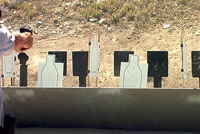
By Chris Hart, Action Target Range Consultant Everybody has their own preference when it comes to shooting ranges. Some people like the open-air feel of an outdoor range where they can shoot steel targets at 500 yards while others prefer the air conditioned comfort of indoor ranges where target distance can be controlled with the […]
Three Keys to Getting Your Shooting Range Approved
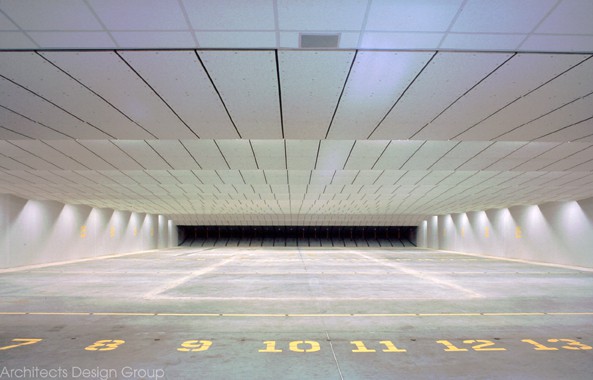
In the process of building a shooting range, perhaps the most intimidating part is getting it approved by your local government. Even after you’ve done all the work, raised all the money, and planned everything out, the final say still comes down to a handful of elected officials. Don’t let that make you feel powerless, […]
The Top 3 Things to Consider When Building a Shooting Range
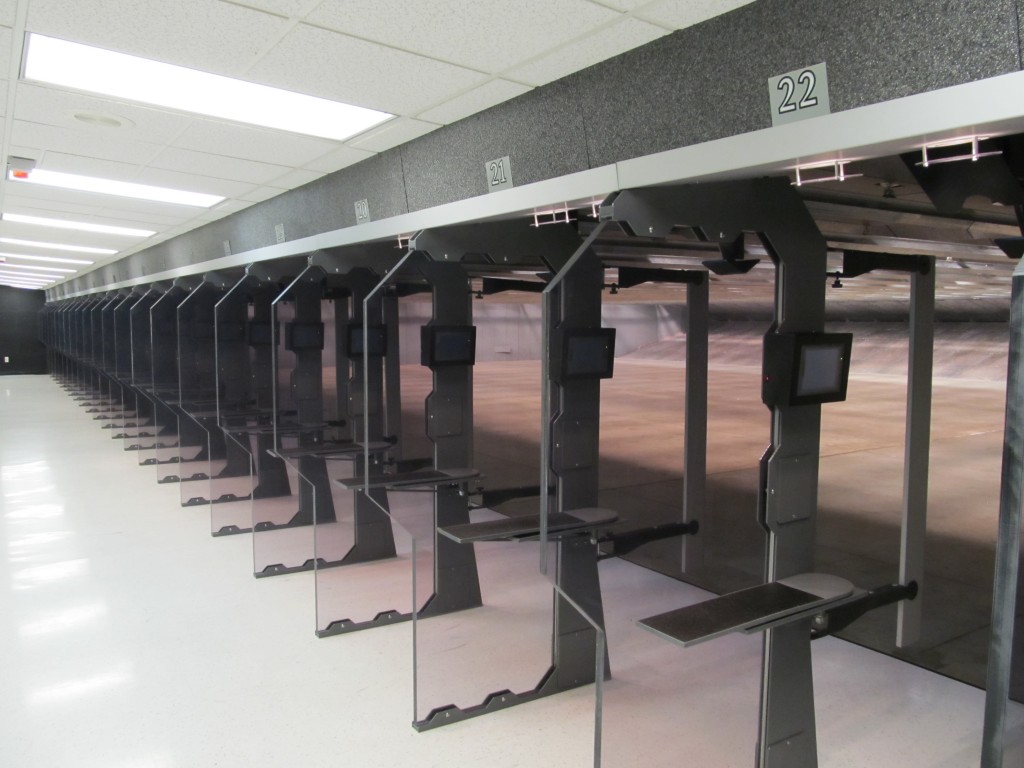
Building a shooting range is a huge endeavor that should be approached cautiously and systematically. There are many things to consider and potential issues you may have to deal with; however, don’t let that deter you. Building a shooting range is a perfectly attainable goal if you start things right. Even if you already own […]
Which System is Better for the Total Containment Trap: Conveyor or Bucket?
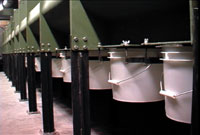
The goal of every range should be to increase facility revenue. In order to achieve this goal, all range products and features should be carefully evaluated to ensure they maximize revenue and are aligned with the volume of range use. While the bucket system is the ideal solution for some ranges, Action Target recommends that […]
What is the Best Bullet Trap for my Range?
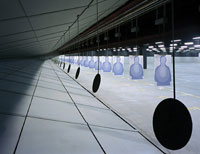
Choosing a bullet trap is an important decision that will directly impact a range’s profits. However, it is a decision that often seems overwhelming given the number of options available. To truly understand how important a bullet trap is to range operations and budget, it is helpful to think of the range as a large […]
Dust Collection Technology on the Range

Action Target has worked closely with Carey’s Heating and Cooling to provide industry-leading ventilation systems that improve the safety of ranges around the country. However, it is sometimes unclear as to why ventilation systems are needed in the first place. For this reason, this week’s Action Target Journal explains why such systems are essential in […]